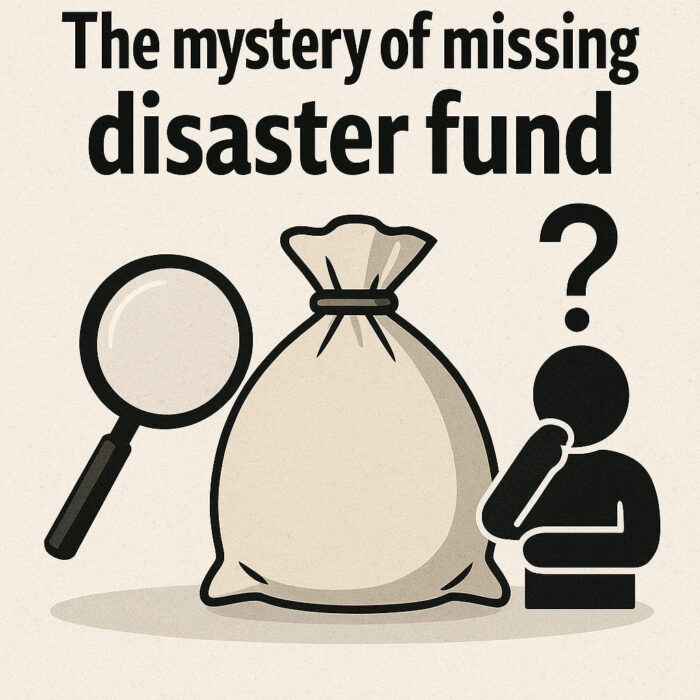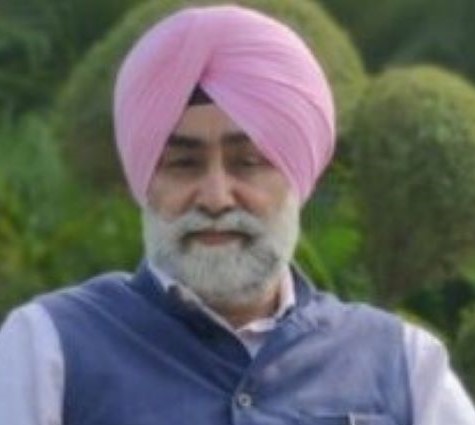 Floods have once again shaken Punjab. Crops are ruined, homes damaged, and lives disrupted. But alongside the natural disaster, another storm is raging — over numbers. The Centre speaks of ₹12,000 crore available in the State Disaster Response Fund (SDRF). The Punjab government says it has received only ₹1,582 crore since 2022, of which ₹649 crore has been spent. The Comptroller & Auditor General (CAG) adds yet another layer: as of 31 March 2023, Punjab had ₹9,041.74 crore lying uninvested in SDRF. Meanwhile, the Prime Minister announced a separate package of ₹1,600 crore for immediate relief.
Floods have once again shaken Punjab. Crops are ruined, homes damaged, and lives disrupted. But alongside the natural disaster, another storm is raging — over numbers. The Centre speaks of ₹12,000 crore available in the State Disaster Response Fund (SDRF). The Punjab government says it has received only ₹1,582 crore since 2022, of which ₹649 crore has been spent. The Comptroller & Auditor General (CAG) adds yet another layer: as of 31 March 2023, Punjab had ₹9,041.74 crore lying uninvested in SDRF. Meanwhile, the Prime Minister announced a separate package of ₹1,600 crore for immediate relief.
These numbers all exist — but they don’t tell the same story. To the ordinary citizen, it looks like a mystery. Where is the money? Why is it not reaching victims quickly?
The confusion comes from the way SDRF is structured. Created in 2010, the fund is built from annual contributions of the Centre and State, plus interest on unspent balances. Over the years, money not used rolls over, so the “corpus” looks very large. But this is not a simple bank account. The money sits in the State’s Public Account, subject to strict rules. It can only be spent on immediate relief, not reconstruction. Withdrawals are also linked to borrowing calculations under the Fiscal Responsibility and Budget Management (FRBM) law. That means a big balance in the books does not always mean cash ready to use.
Another problem is the outdated norms. Compensation under SDRF is capped at ₹6,800 per acre for crop loss, ₹1.20 lakh for a house collapse, and ₹2,500 for belongings — figures that cover less than half the actual damage today. As a result, states often cannot spend the entire allocation, leaving balances to accumulate year after year.

Is former Member of Punjab Public Service Commission
A farmer and keen observer of current affairs
This is why a special session of the Vidhan Sabha is not only justified but necessary. The confusion is less about missing money and more about accounting treatment, fiscal ceilings, and rigid norms. Legislators need to examine the fund’s year-wise inflows and outflows, how much is invested, what is spent, and what remains idle. They must also debate how Punjab can keep fiscal discipline while ensuring that disaster funds do not sit unused when people need them most.
With global warming, natural disasters are going to strike more often. Floods, droughts, and extreme weather are no longer rare events. That makes it urgent to rethink how SDRF is accessed and deployed. Relief funds should not be trapped in accounting jugglery; they must be accessible, transparent, and effective.
The mystery of the missing disaster fund is not a blame game between Centre and State. It is a call for reform. Punjab’s special session should aim to bring clarity, accountability, and — most of all — ensure that when the next disaster comes, money reaches victims swiftly, not just as numbers in a report.